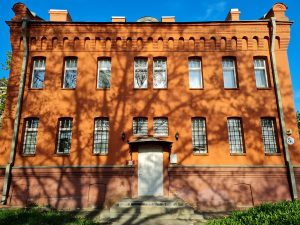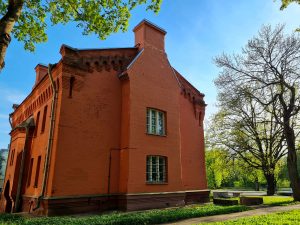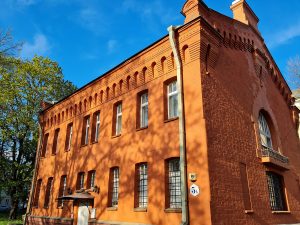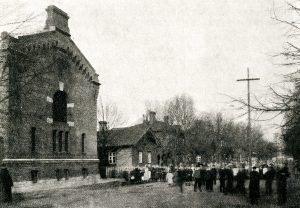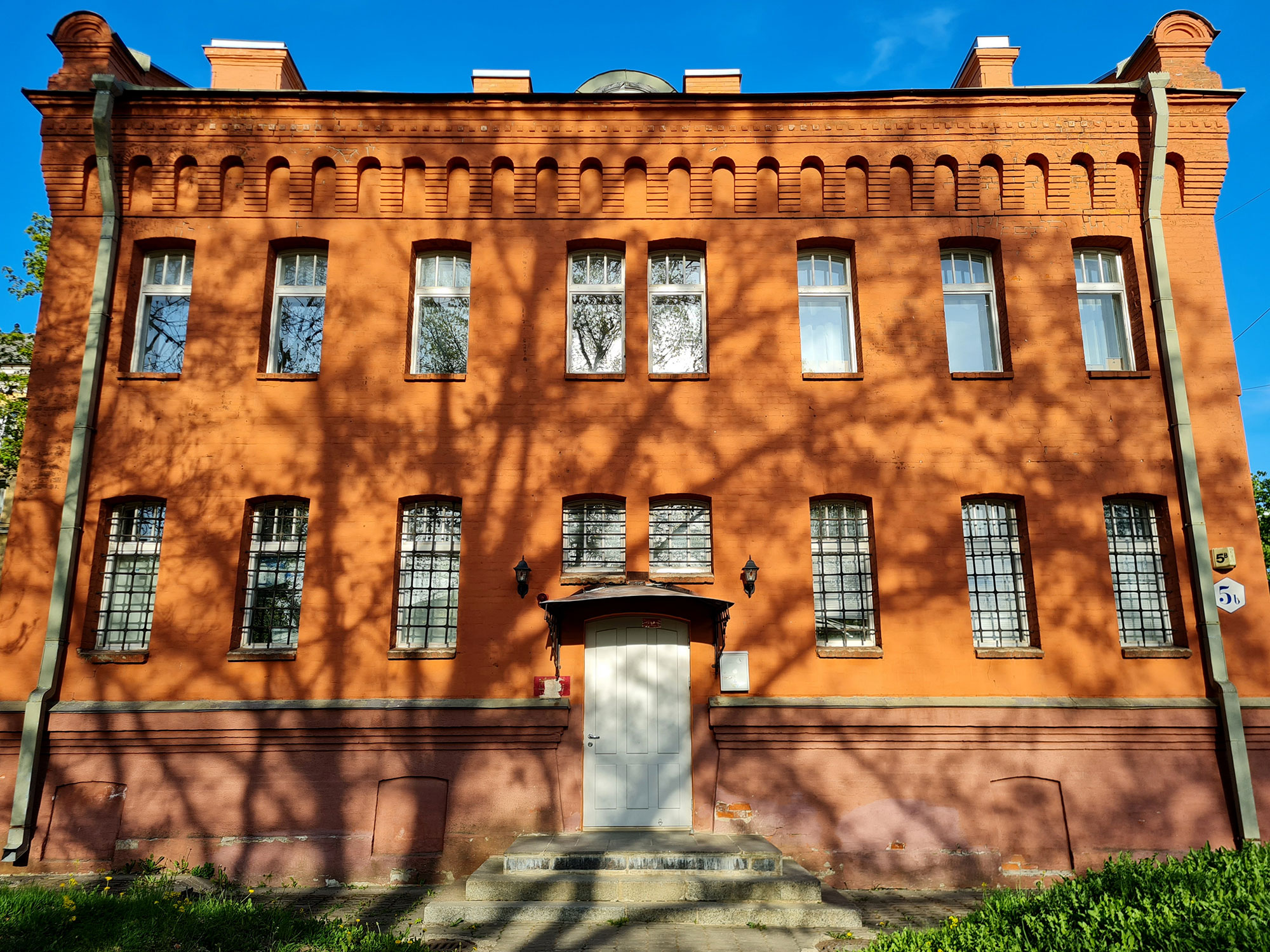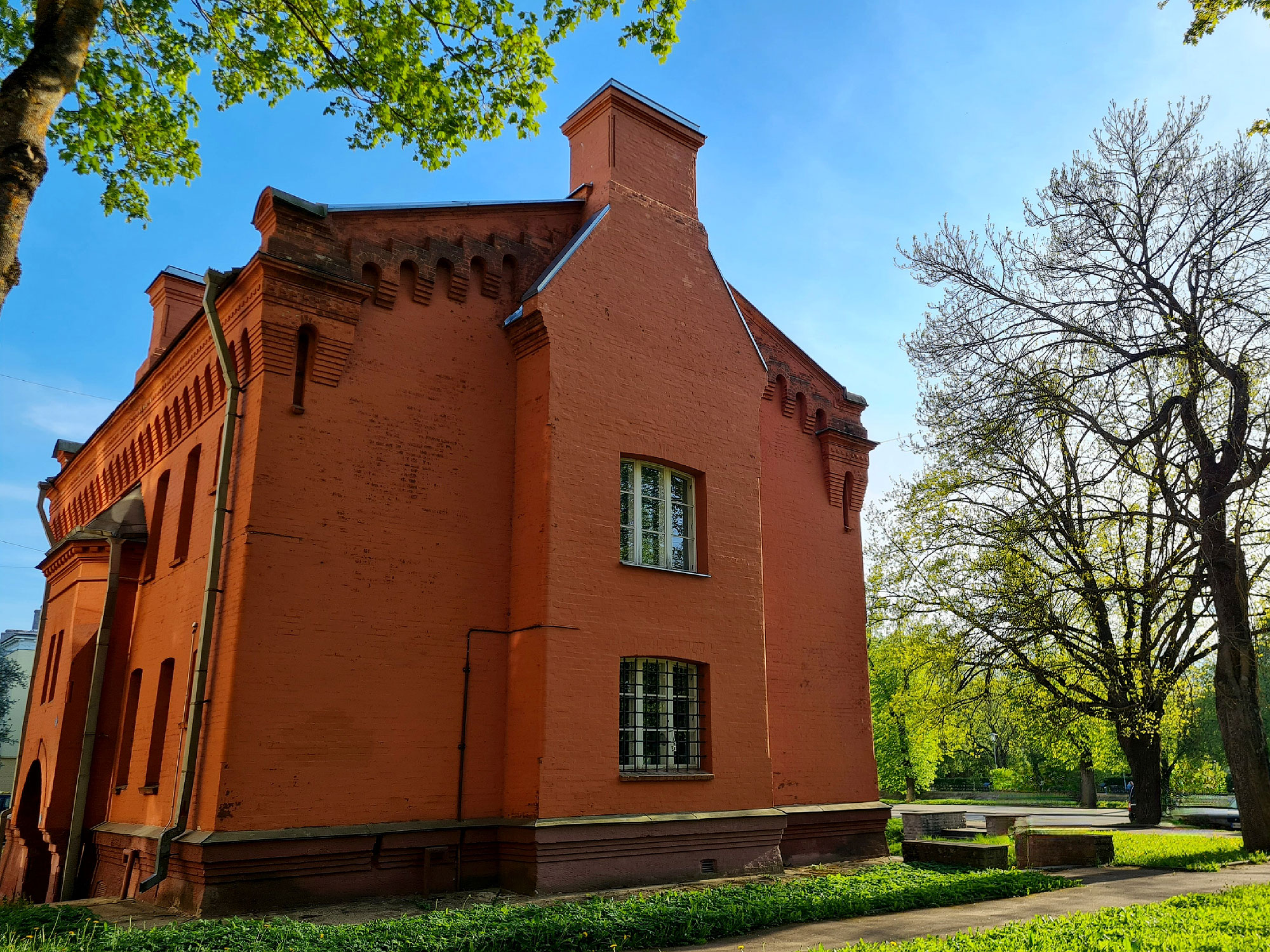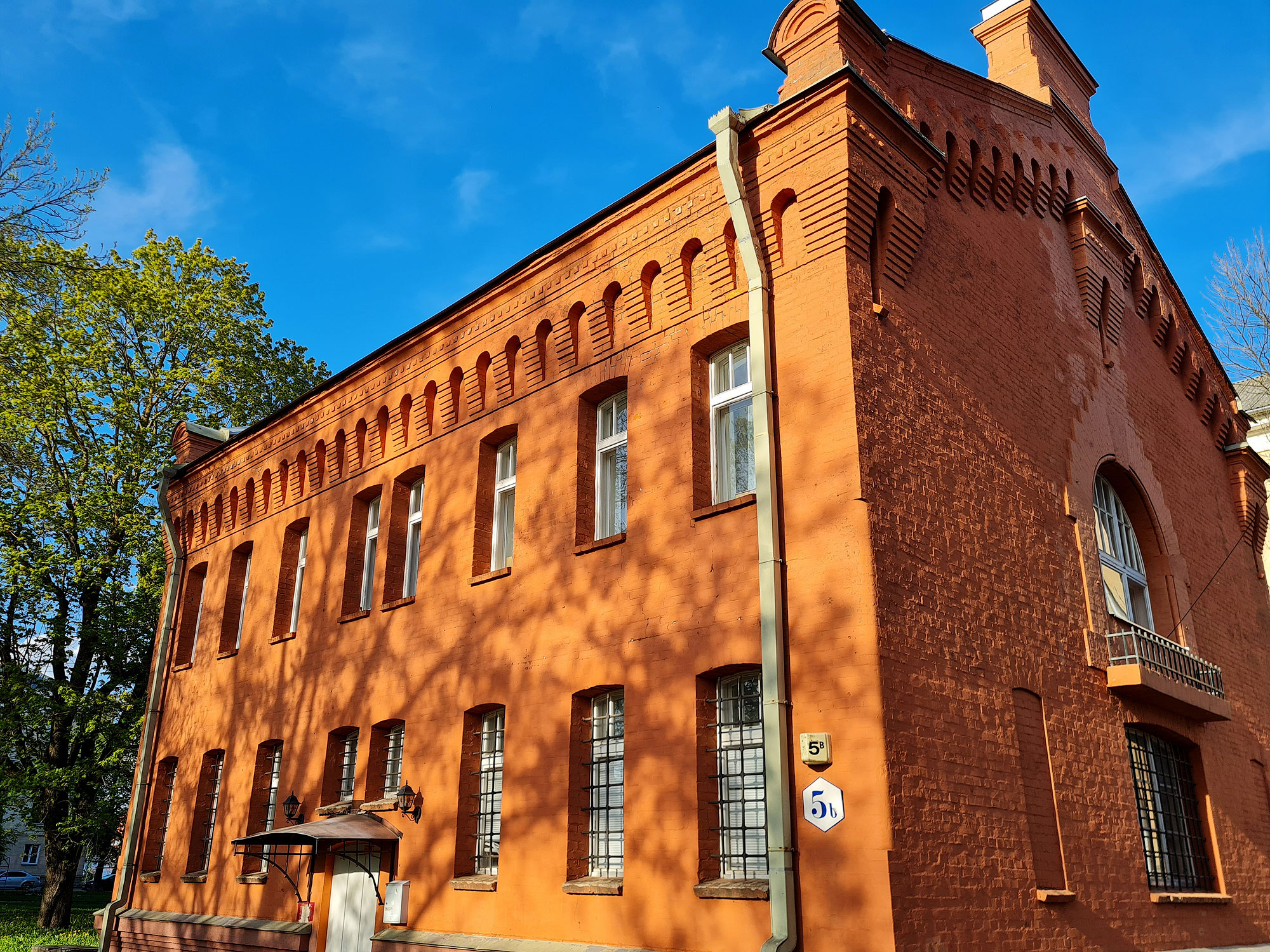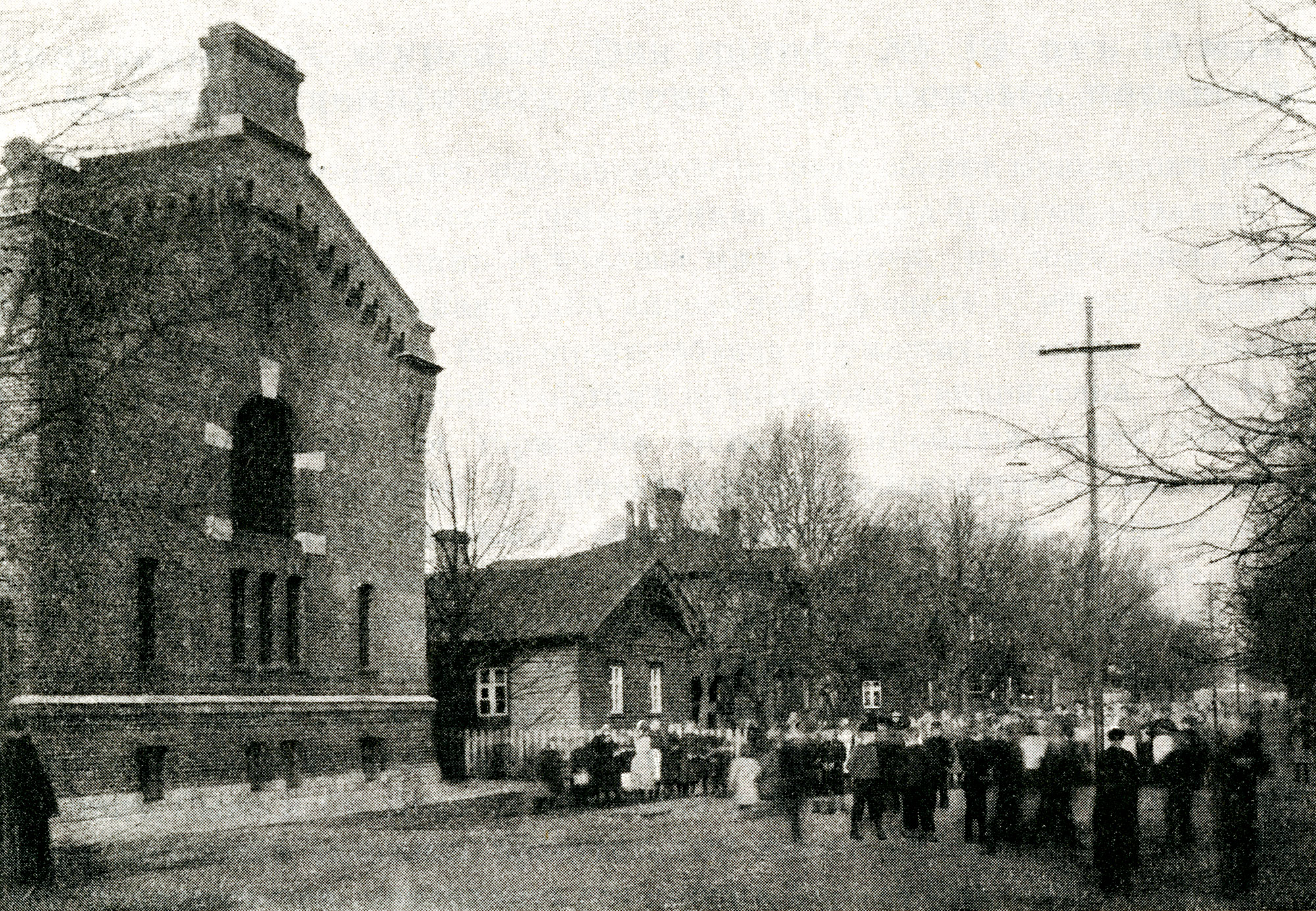From the moment the factory was founded in the middle of the 19th century, Kreenholm was functioning as if it were a separate city, both literally and figuratively. Until 1917, Kreenholm was in the Estonian province, and Narva was in the St. Petersburg province.
Before World War I, the Kreenholm Factory was one of the largest textile companies in Europe and Tsarist Russia. At that time, 12,000 people were employed there. The Kreenholm industrial community had everything from a school and a hospital to a post office, a police station, a prison, a kindergarten, a telegraph office, a hair salon, a clubhouse, a bathhouse, a market, a bakery, a washhouse, and a morgue, as well as two large churches on the Narva side of the railway.
A simple two-storied house of detention was built in the final years of the 19th century. Beginning in 1880, almost all buildings in Kreenholm were made of red brick. For this reason, the manufacture invested in a brick kiln. At that time, Paul Alish, who was educated at the academies of Berlin and St. Petersburg, started working as an architect of the manufacture. There was a popular saying at that time: “Where you see brick, there is Alish.” “Yes, I know, this building was designed by Alish.” – You will never be wrong saying so whenever you see a redbrick building in Kreenholm. At the beginning of the 20th century, nothing major was built in Kreenholm, except for the majestic hospital building and several smaller facilities.
The house of detention is a simple rectangular two-storied building with authentic prison windows. Their design remains intact, even though later the building became residential. In the former house of detention there was also an Orthodox chapel in honor of two martyrs, Ivangorod priests Alexander and Dmitry. They were killed during the Red Terror at the end of 1918.
In the first decades of the 20th century, working conditions in Kreenholm were harsh, but the work paid well. The working day started at five in the morning and ended at half past nine in the evening with a two-hour lunch break. If orders were very large, there were also night shifts. All this resulted in regular protests on the factories. Revolutionary ideas reached Narva from St. Petersburg. Kreenholm prison has witnessed tense days. Here is an illustration of a protest, when workers seized power in the beginning of 1917. This is an excerpt from Anna Paasi’s novel, which is based on her own memories.
“A large crowd of people had gathered in front of the Kreenholm prison. The prisoners were released, and police officers were locked in cells instead. At the moment, the workers were taking “Pig’s Eye” (a hated local police officer) to the cell, who only recently had shown great diligence in searching Velli’s apartment. Now “Pig’s Eye” is refusing to go to jail. He explained that he had always been standing for the people and waited for the revolution as a blessing to his soul.
A large fire was burning in the street in front of the police station. Piles of all kinds of documents and folders were carried from the station and thrown into the fire. The worker, a young boy, tended the fire stirring it with a carbine which he was holding firmly in his hands.”
